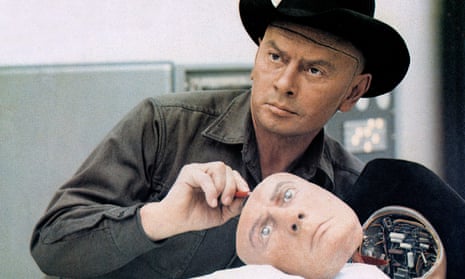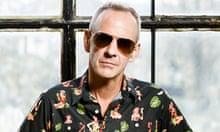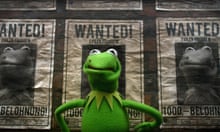After helping his brother Christopher wring self-serious morality tales out of such seemingly upbeat subjects as space travel (Interstellar), magic (The Prestige) and a man who dresses up as a winged mammal (The Dark Knight), screenwriter Jonathan Nolan put his po-faced talents to further good use this year in Westworld, a prestige-baiting HBO saga sombrely detailing the day-to-day operations of a gargantuan theme park where millionaires go to shoot and shag costumed robots.
Labyrinthine in plot, and packed with enough mysteries to see Nolan through at least half a decade of begrudging renewal orders, Westworld takes its goofy story of an android-populated wild west and plays it relentlessly straight, in order to probe the nature of free will, the meaning of life and other Big Questions.
The result is a show so focused on the long con – and the demands of a hardcore fan base already theorising about next season – that it scarcely bothers to engage with the short-term goal of crafting a watchable TV show. Instead, each scene delicately lays the groundwork for a future reveal while rendering the present moment so vague as to be banal, baffling or both.
In other words, the Westworld of today couldn’t be less like the Westworld of 1973, a zippy standalone feature film written and directed by Michael Crichton. Opportunistically added to the Amazon Video catalogue this week just as fans mourn the conclusion of its TV adaptation’s first season, the original film is less a lofty meditation on sentience and more a straightforward tale of human hubris and robot revolt. Unsurprisingly, it’s also twice as fun as the HBO version and 800% more rootin’ tootin’.
In fairness, however, it does lack some of the nuance of Nolan’s drama. Where his Westworld reveals the details of its universe slowly and methodically, its source text quickly introduces us to a naive protagonist and then has the other characters bluntly explain everything to him. But as a result, the former takes 10 hours to reach anything that could be described as a climax, while the latter takes 58 minutes to arrive at the words, “Sir, we have no control over the robots at all.”
From there, we’re treated to a half-hour set piece more gripping than anything the first season of HBO’s Westworld could muster. An extended showdown between man and machine, the sequence may lack the higher meaning of its more sophisticated cousin, but it doesn’t skimp on the kind of simple pleasures the show just hasn’t got time for.









Comments (…)
Sign in or create your Guardian account to join the discussion